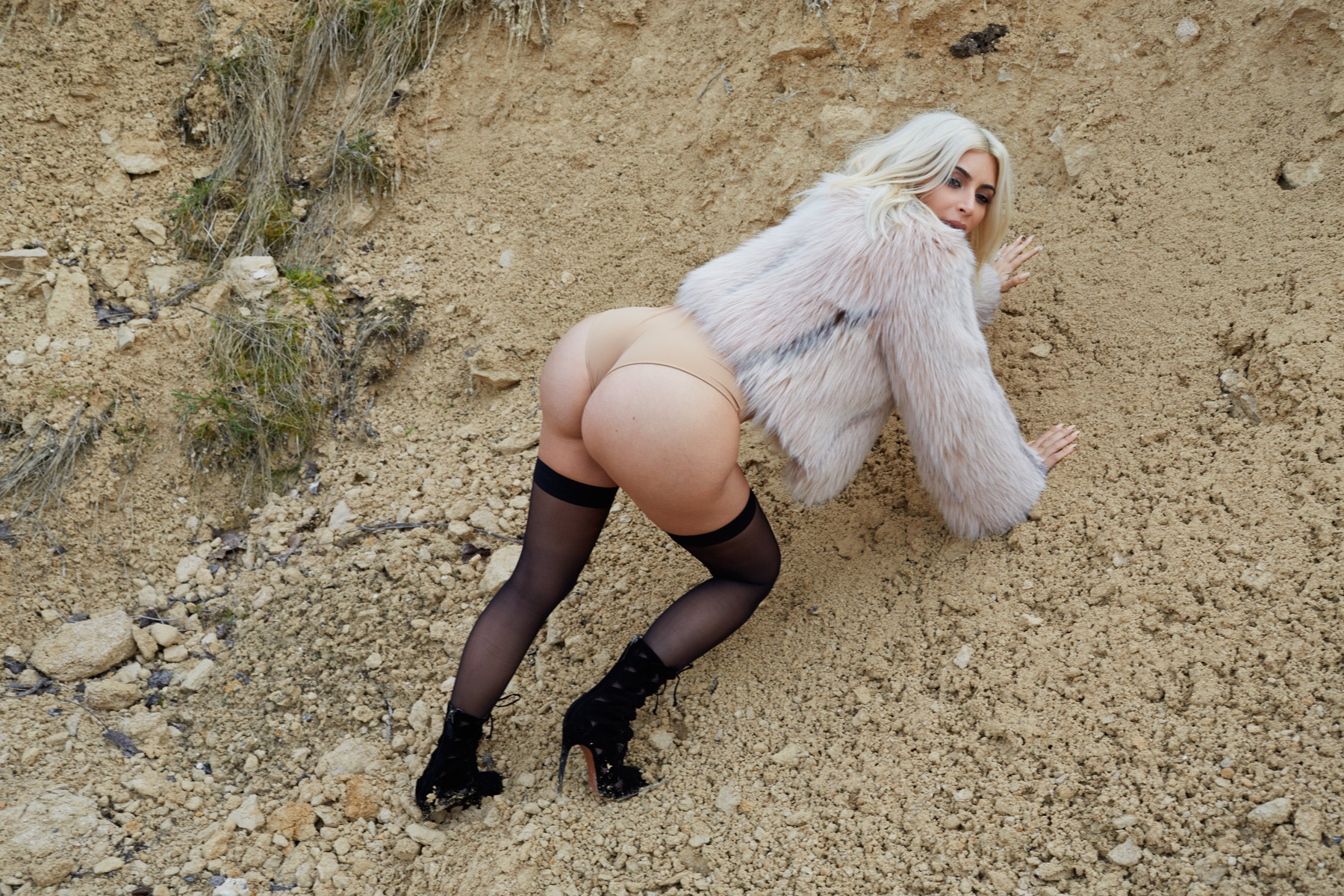Juergen Teller is one of the fashion industry’s most recognisable and in-demand photographers working today, with a catalogue that delights, intrigues and confuses even the most die-hard fans, and the kind of career that means his magazine stories regularly come in at over forty pages. But he is not immune to the regret of missing a shot. “I’m better now,” he says, “but sometimes you’re either too shy or too lazy, and then you think ‘oh man, that could have been good’.” With an oeuvre that spans thirty years, the remorse is presumably few and far between. His latest project, the Rizzoli-published Donkey Man and Other Stories: Editorial Works, Volume 1, comes in at 608 pages and collects over 400 photographs from the last four decades.
“I thought about it for quite a long time,” Juergen says. “I like when [the work] ‘s published in magazines, but I thought it would be really good to have it combined in a book, to kind of celebrate printed magazines. And I like the idea of making a volume 1 and a volume 2, and maybe a volume 3.” Initially devised in Paris two years ago, the book’s current form is primarily the product of the 2020 lockdown, when Juergen and his team spread the prospective images across his RIBA award-winning studio in west London. When we meet him in mid-September, the space has become home to dummies for two upcoming exhibitions arriving in October: William Eggleston 414 by Harmony Korine and Juergen Teller, opening in Vienna on the 8th, and Auguri which follows in Paris on the 22nd.

The new book is an expansive survey of Juergen’s career to date, mixing personal, editorial and client-based work. Kate Moss, with pink hair in 1998, takes a page, as does Juergen’s iconic shot of Kirsten McMenamy with ‘Versace’ scrawled across her chest. That controversial shot of Kim Kardashian climbing on a pile of earth appears too, along with Juergen’s Zoom shoot with Arca for i-D last year. There are frogs, worms and snails, as well as portraits of three celebrated Davids – Hockney, Lynch and Attenborough. A 2017 portfolio of Bavarian schoolchildren underscores the common observations attached to Teller’s work, with subtitles that make statements like, “Juergen Teller just wants puzzling things. Other people just want beautiful things.”
Juergen once wrote a column for German newspaper Die Zeit (later published in 2014 book, Pictures and Words), and in this vein the new book features essay contributions from Kirsten and Edward Enninful. Juergen, meanwhile, uses the opportunity to provide some context for his work, such as the story behind the book’s title and cover image, which sees him lying nude on a donkey in his studio. On holiday in Turkey in the mid-80s, he was sexually assaulted by a man while riding on the back of a donkey. “It’s a very serious story and had a big impact in my life — when somebody tries to rape you,” Juergen says. “But then Donkey Man is also a kind of jester. And so, it kind of forces people to think, why is this on the cover? Maybe it helps people to look at it and read the story because, a lot of the time, people don’t read anything.”
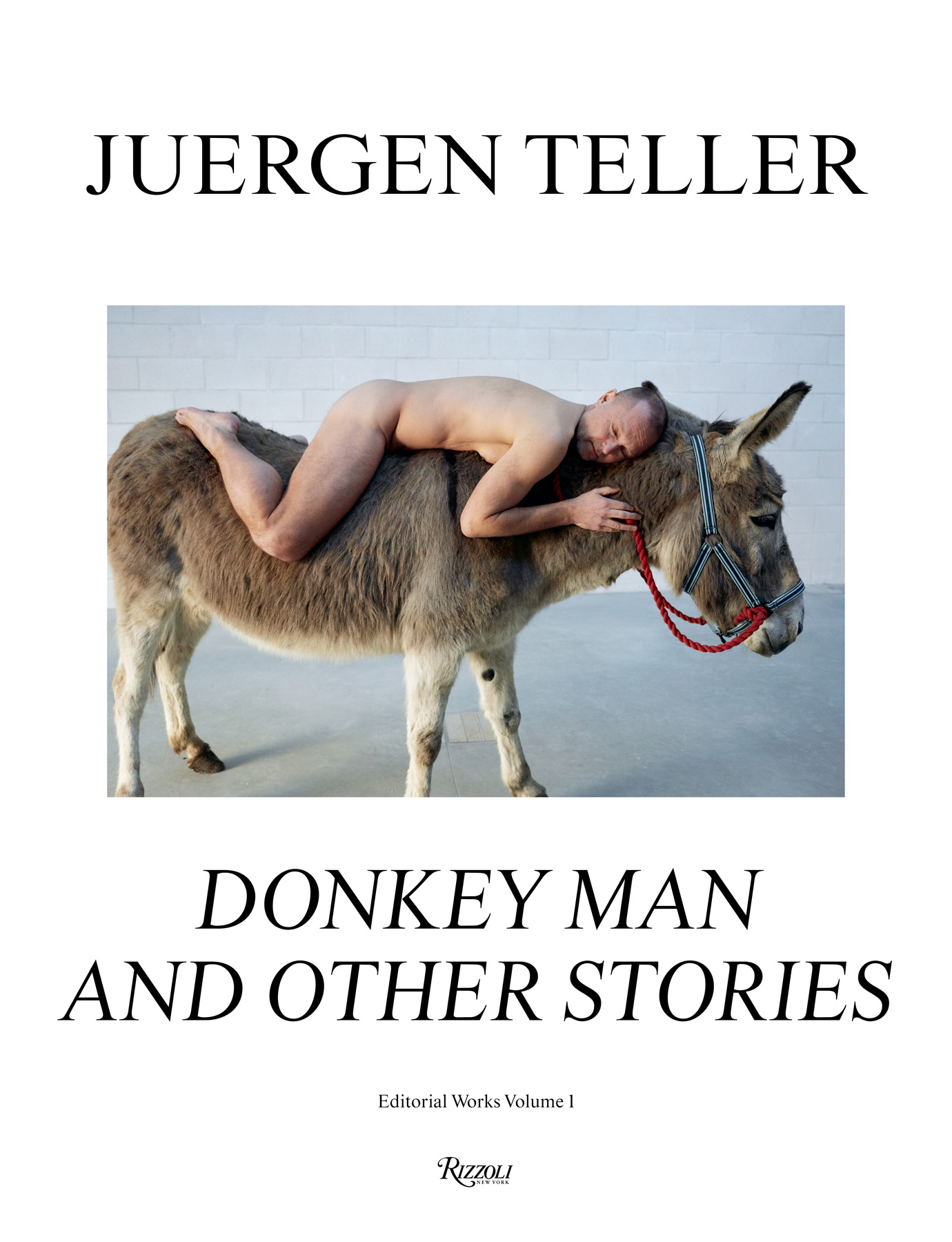
A fierce advocate of the medium, Juergen has produced more than 50 books. “I find it exciting, you go to a movie, and the director makes a statement, or you go to an exhibition, and it’s this person doing this. If an artist or another photographer publishes a book, I read it, I study it, I look at it, and it carries on within my library,” he enthuses. “It’s something wonderful to have, and it’s something I can show to my grandchildren. It’s something solid; that’s what I like about it.”
While much of his most recent work has, rather infamously, been captured on an iPhone, Juergen is staunchly not on Instagram. “There was quite a funny Instagram account which published my work, and everybody thought it was mine, and it really bothered me because it wasn’t right,” he says, alluding to the fake’s curation skills. “I came late to everything — computers, digital photography, mobile phones. So I’m not very technically advanced at all. I work extremely fast, and then at the same time, I work extremely slow. So, I don’t quite understand Instagram or know where to go with it because I’ve been thinking a lot about it.”
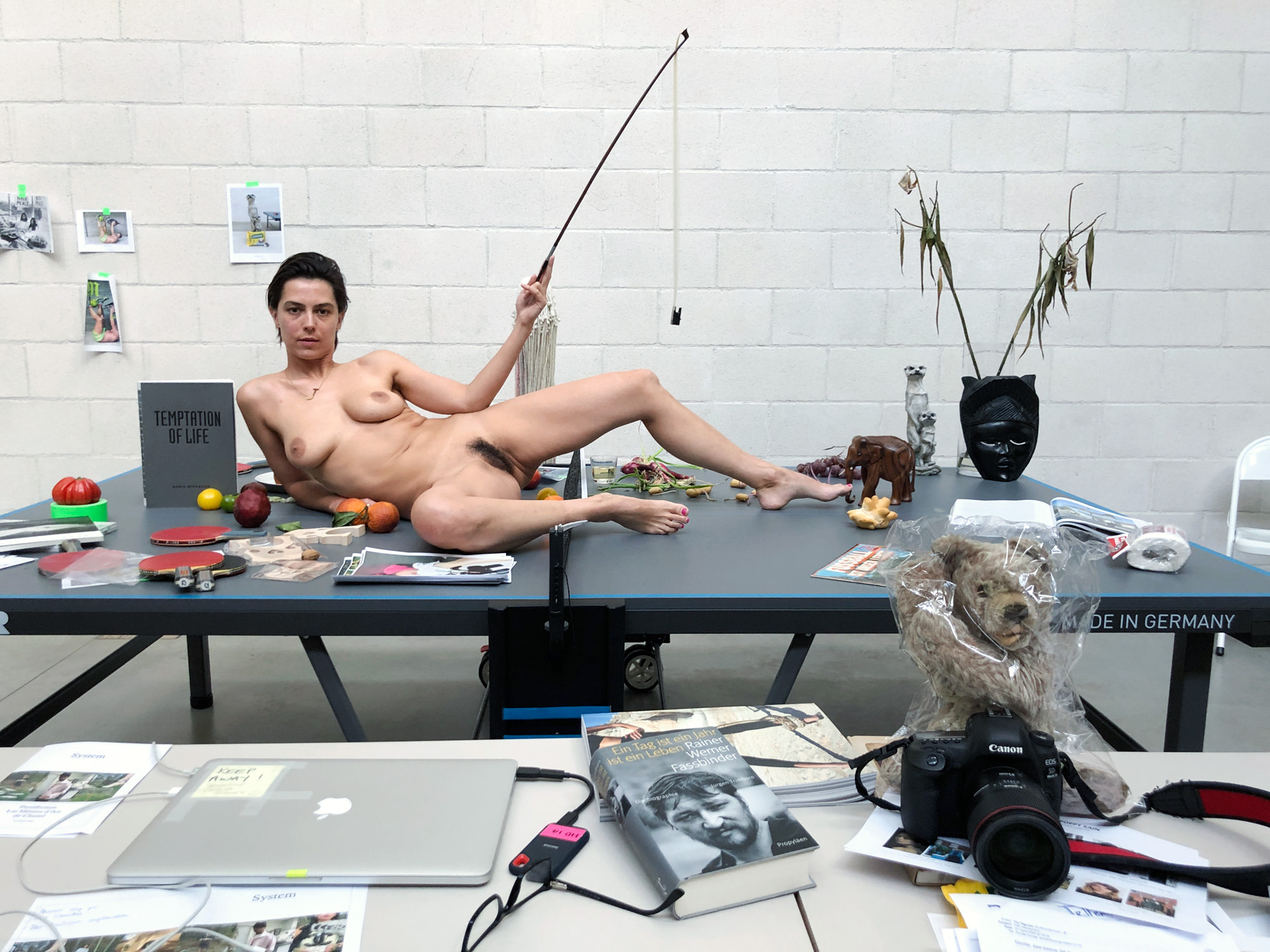
A prominent part of the cultural landscape since arriving in London from Munich in 1986, Teller has encountered numerous shifts in photography aesthetics and industry practices. “The biggest change is basically the vastness and fastness of everything; it used to be a lot slower, which I’m really thankful for; everything was a lot more naïve and innocent. The fashion industry was a lot smaller; it was very elitist. Now, as it’s opened up globally, everybody is making a lot more money, and everybody needs a lot more content, and it doesn’t matter what content it is; they just need content. That’s painful because the quality is horrendous, and the fashion circus is on such a treadmill that they have to churn out this stuff. That’s why I think it’s still important to have exhibitions and to publish books.”
While the multiple lockdowns held him mostly captive to west London, Juergen continued to produce work throughout the pandemic, shooting Coach’s SS21 look book over Zoom and setting up mise-en-scènes around iPad screens (some of which appear in Donkey Man). Now that restrictions have lifted, he’s rejoined the circus. “[It’s] exciting to go back into the realm of fashion photography,” he says. “I’m excited taking photographs — there’s always something to photograph if you’re excited about life.”

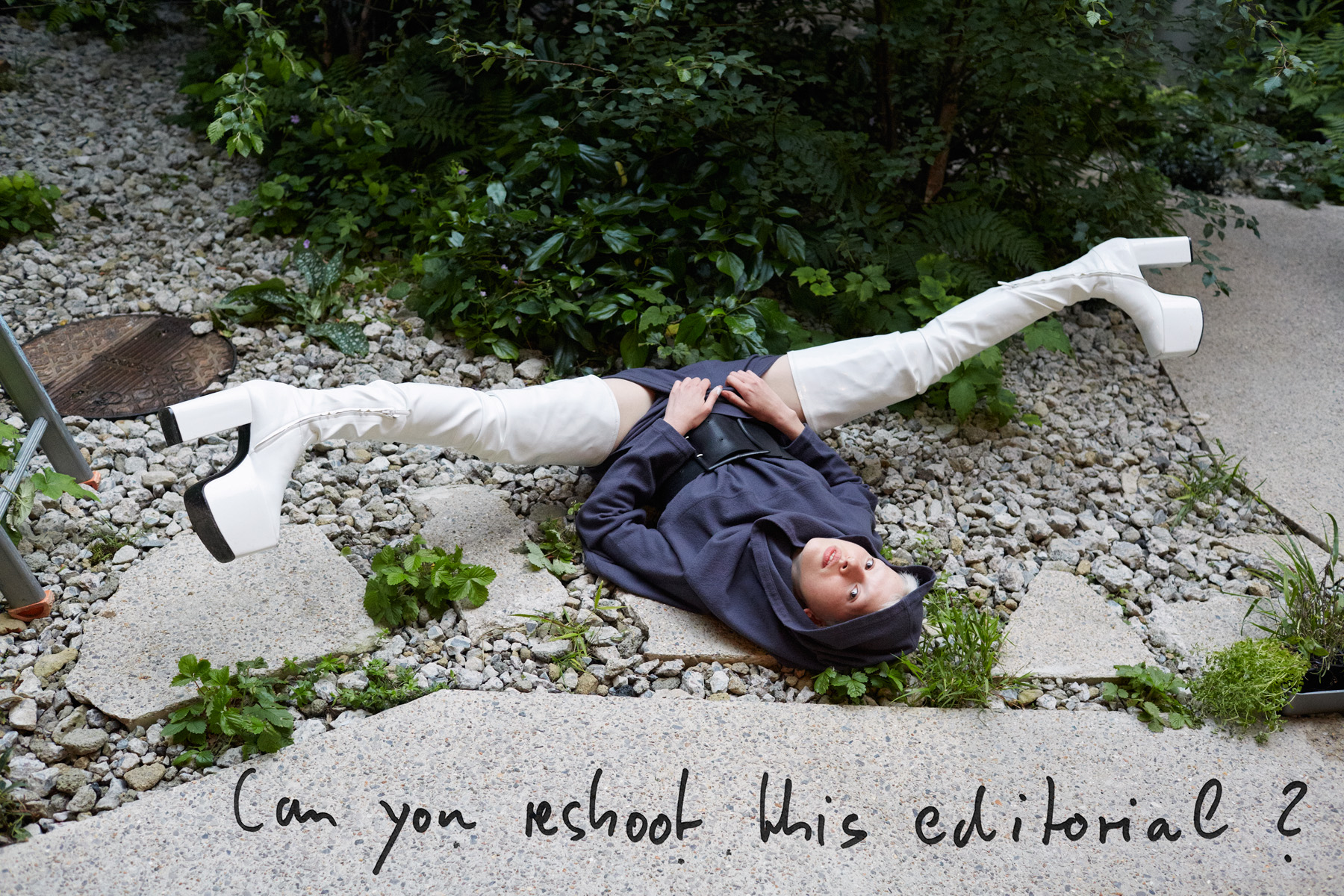
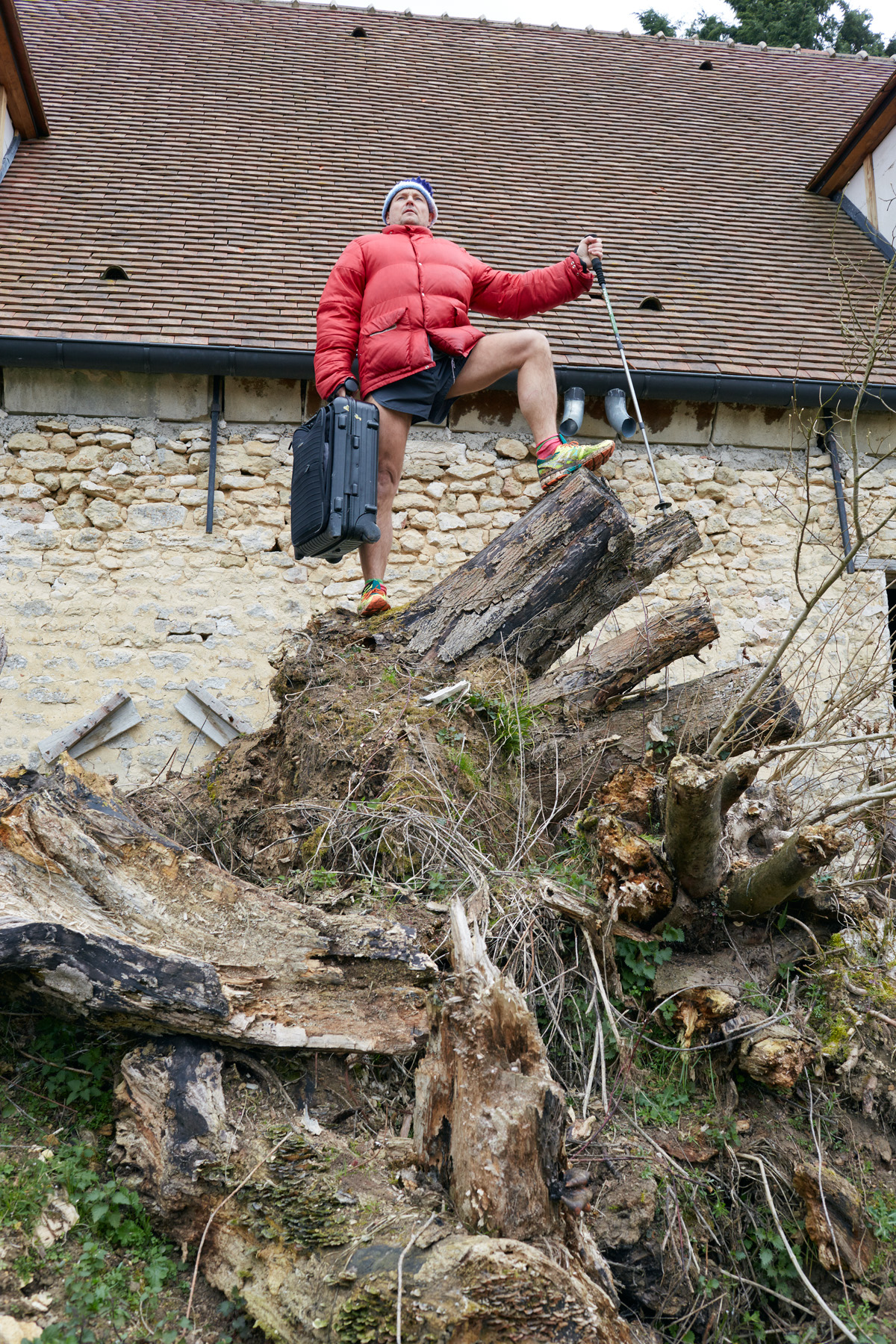

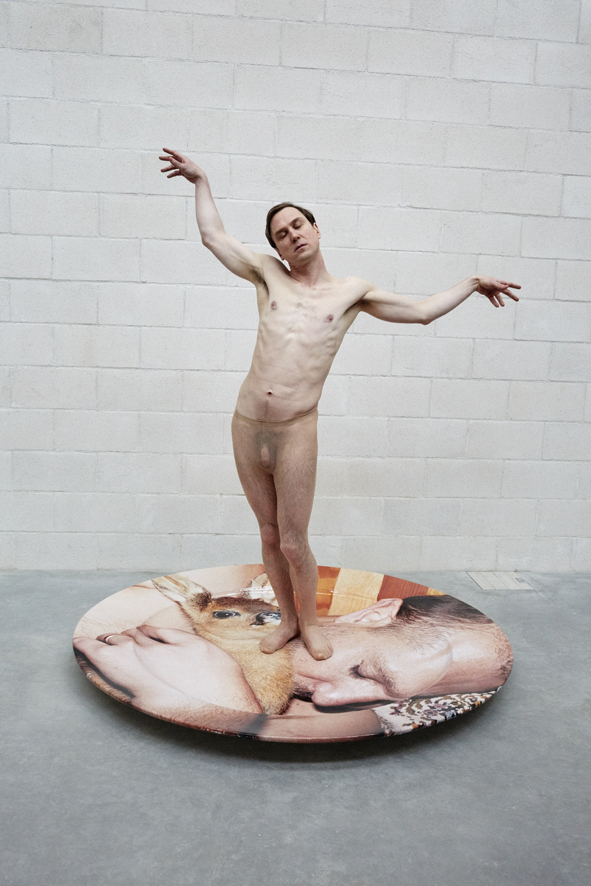
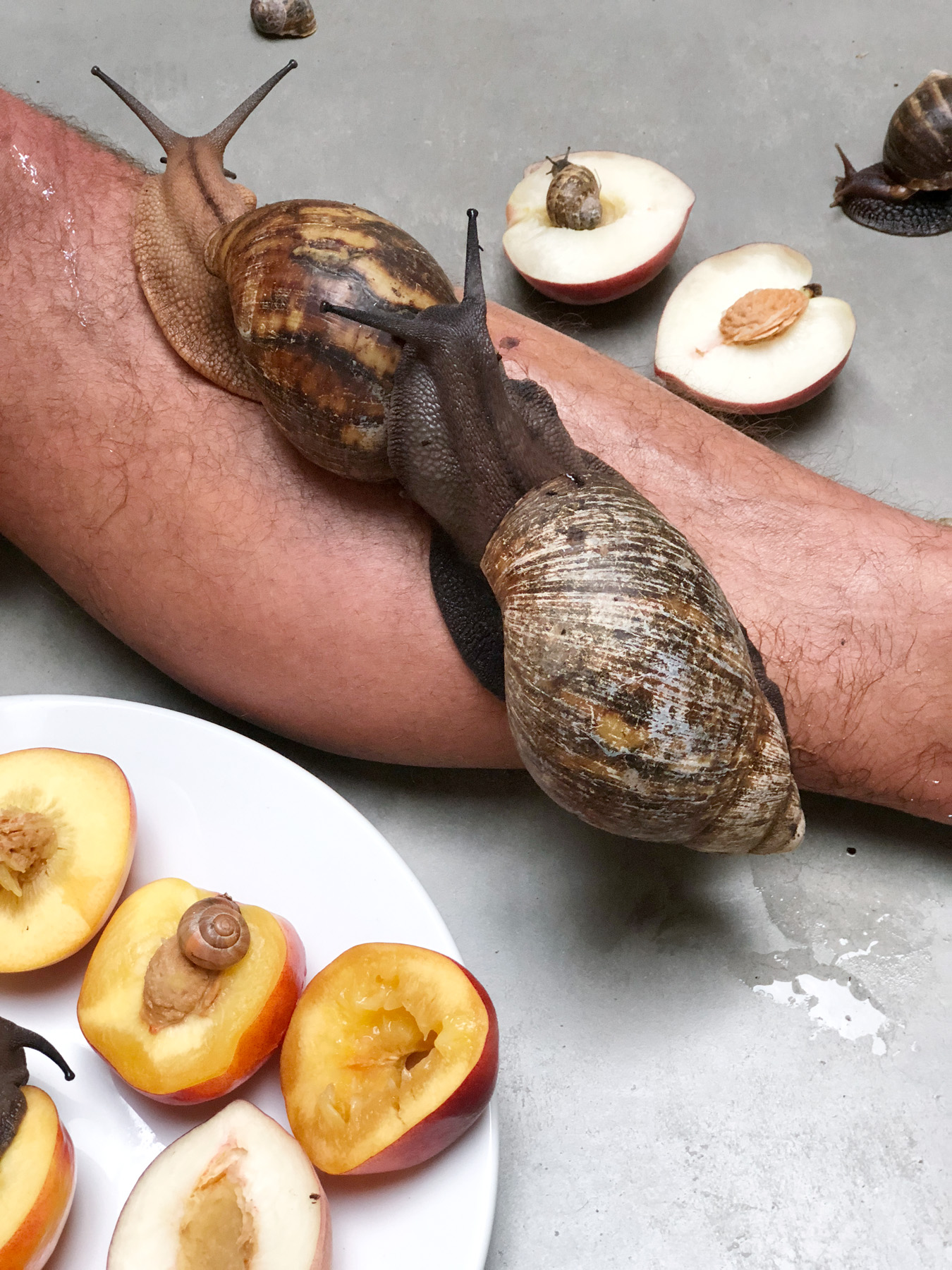
Credits
All images courtesy Juergen Teller
